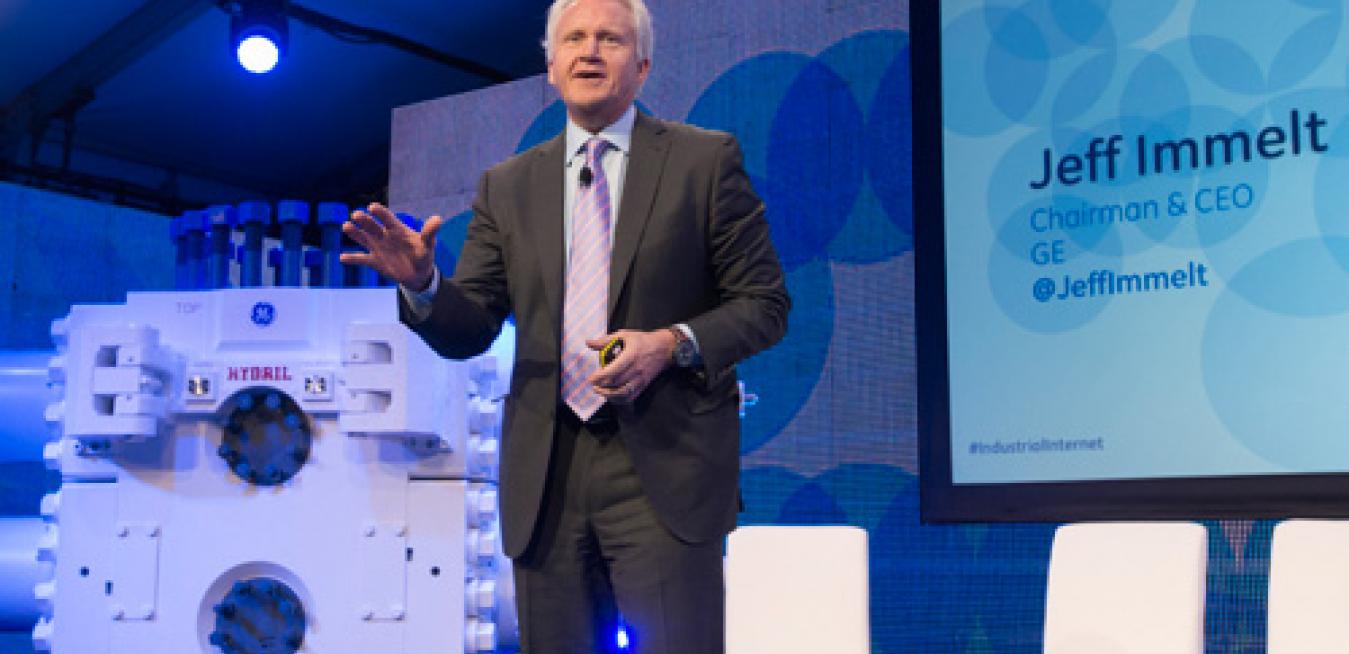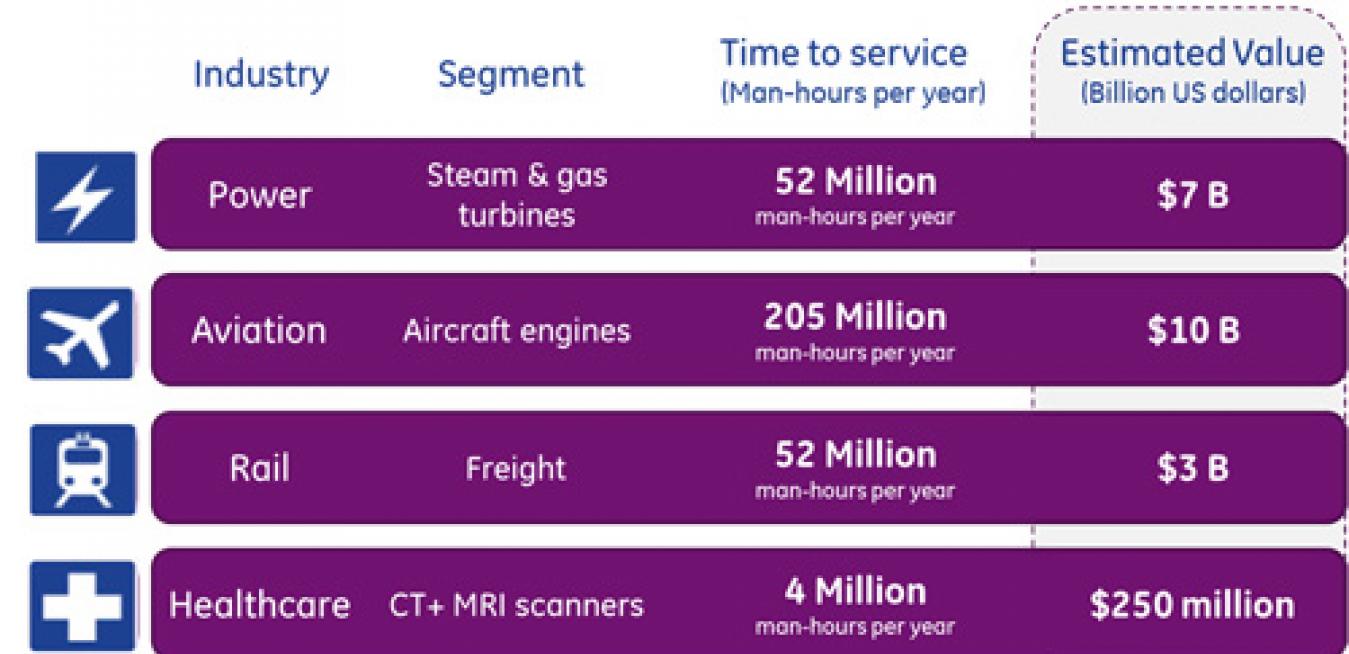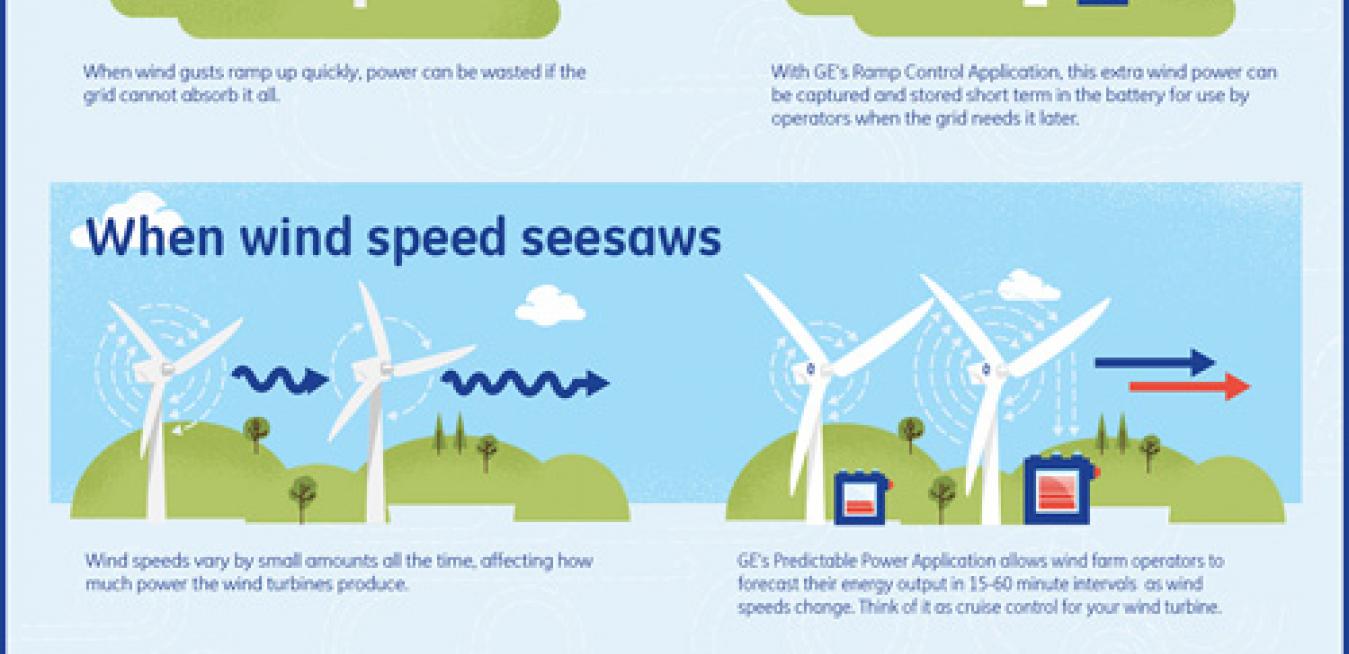The Internet is no longer just about email, ecommerce or Twitter. “We are at an inflection point,” says Joe Salvo, manager of Complex Systems Engineering Laboratory at GE Global Research. “The next wave of productivity will connect brilliant machines and people.”
But before that happens, they must find a common language. “It’s still like the Tower of Babel,” Salvo says. “We need to bring them together in powerful new networks.”
The first Industrial Revolution was about machines, the second about technology, and the third will take place inside the “Brilliant Factory,” says Christine Furstoss, global technology director at GE Global Research.
There is more than one way to fly a plane. When the weather is good and the skies are open at the destination airport, pilots can cut costs by loading less fuel and shedding the extra weight. But they need good information to make the call.
A gas turbine service manual can clock in at 1,000 pages, about the length of a small-type version of War & Peace. Crews often haul the tomes from one remote location to another to do maintenance work. They travel on a set timetable and lack real-time information about the condition of the turbines. “If they come too late and failure occurs, unplanned downtime can cascade across the system and affect the economy,” says GE Chief Economist Marco Annunziata.
Etihad Airways, the United Arab Emirates’ flag carrier, will tap the Industrial Internet and use sophisticated software to harvest and analyze gigabytes of data generated by hundreds of sensors working inside its planes. The tools will allow Etihad to monitor planes in real time, reduce fuel costs, manage plane maintenance, and even spot problems before they happen.
Utility bills, electronic airline tickets and medical records already live in massive data centers we’ve come to call “the cloud,” putting them never farther away than our fingertips. But GE said today it would start moving far more complex machine data to the cloud and build the first big data and analytic platform robust enough to manage the torrent of information generated by turbines, jet engines, medical scanners and other technology.
Is a blustery day a boon for a wind farm or too much of a good thing? It depends, says Keith Longtin, general manager for wind products at GE’s renewable energy business. “The grid can’t always accept wind power as fast as it comes up,” Longtin says. “When it’s gusting, turbines turn their blades out of the wind and let some of the power pass through. That revenue is gone with the wind.”












